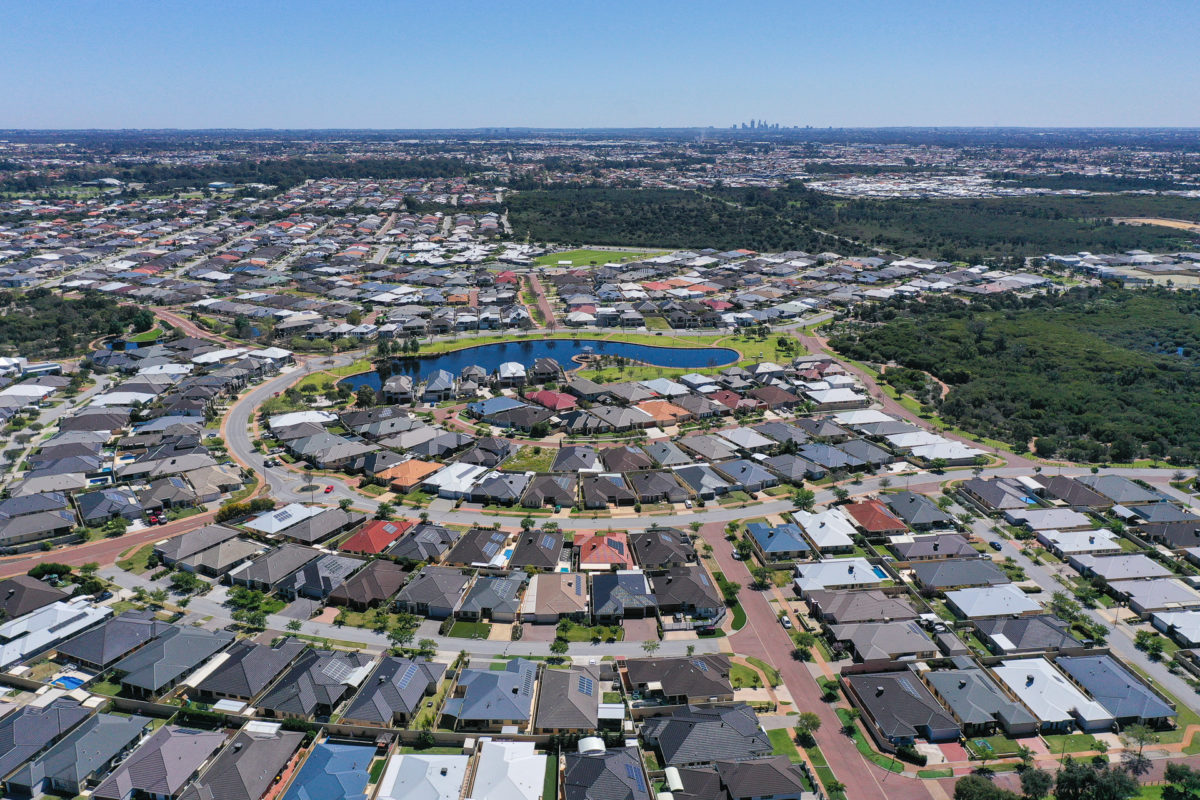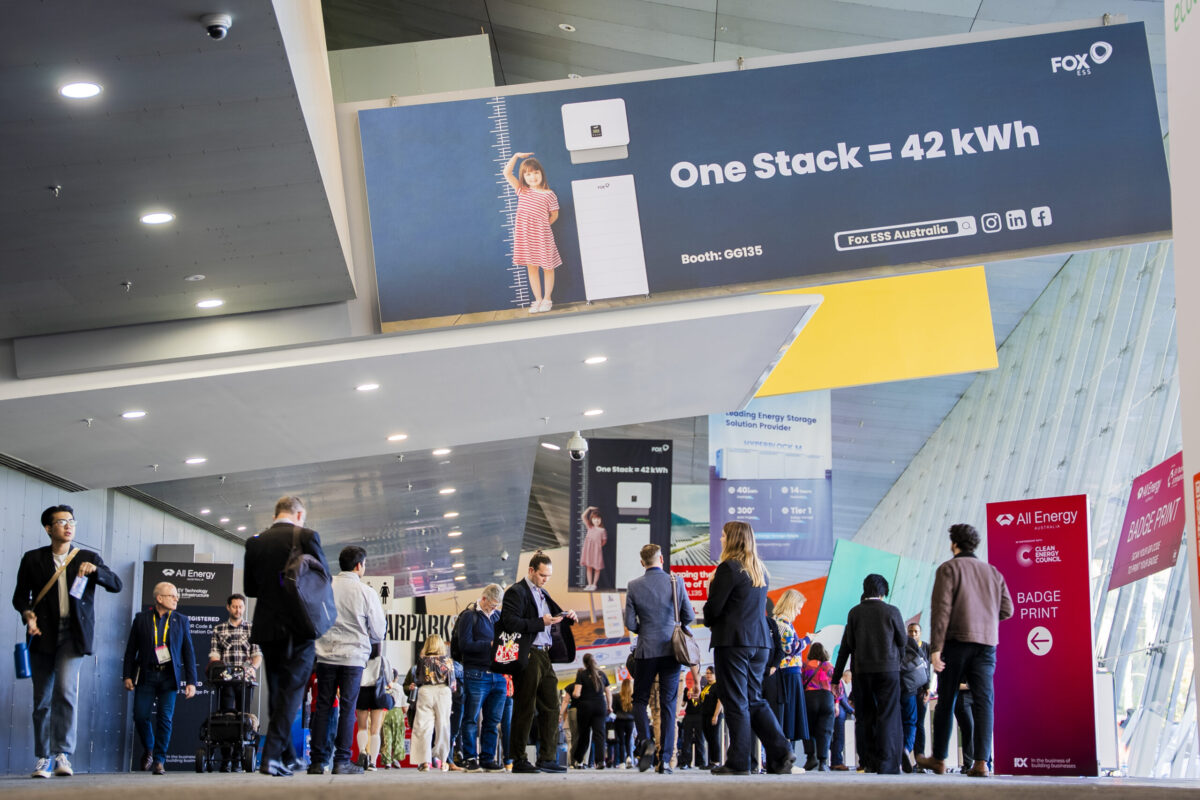Unlike commercial virtual power plants (VPPs) operating across Australia, which primarily focus on delivering financial returns to customers and operators, Project Symphony has a decidedly more grid-balancing flavour.
Supported by various levels of government, network operators and utilities, the VPP is now operating in the suburbs of Harrisdale and Piara Waters in Perth’s southwest with 300 customers and their 650 variously-branded assets recruited.
With its large, islanded network and high levels of rooftop solar, the Western Australian VPP has piloted a version of the “Open Energy Networks” (OpEN) hybrid model, which defines roles and responsibilities for transitioning to a two-way power grid, enabling better integration of distributed energy resources (DER).
As Megan Allan, Project Symphony’s stakeholder and communication Lead, wrote for pv magazine earlier this year, the project has achieved some significant milestones during its testing period in 2022. Those include the successful orchestration of 200 kW of energy over a bi-directional balancing market trading interval, which saw seven organisations, including technology and project partners across five different time zones, conduct 20 integration tests over five days.
“The testing involved the partners’ platforms communicating with each other, providing both instructions and responses that support real electron flow changes to and from DER, whilst engaging with a simulated market environment,” Allen wrote.
“This included Synergy registering a facility comprised of aggregated DER determining its available capacity for a trading interval and incorporating a basic Dynamic Operating Envelope (DoE) at the National Metering Identifier (NMI) level, published to Synergy by Western Power such that the aggregator can prepare and provide a market submission to AEMO. Synergy also managed customer assets from load to generation, to meet AEMO’s dispatch instructions. Western Power monitored the network during the scenario.”
The project has also enabled aggregators to receive automatic dispatch instructions from the Australian Energy Market Operator (AEMO) and then set an automatic dispatch of the aggregated facility into the market.
VPP potential
Struggling to reliably connect the vast and sparsely populated state, VPPs are entertained as “the future for electricity in WA,” said WA Energy Minister Bill Johnston in a statement.
“It’s great to see hundreds of customers embracing Project Symphony. Their participation will provide valuable insights into how Western Australia’s electricity system can be strengthened to continue to provide reliable, secure, and affordable power,” he said.
“In the face of a rapidly changing energy industry, customers’ rooftop solar systems, batteries, and air conditioning orchestrated together can play a meaningful role in providing services and stability to the network.”
With rooftop solar representing around 2 GW of renewable energy capacity in WA, collectively the largest generator in its grid, the South West Interconnected System, the scope for impact here is sizeable.
Using Australian technology company SwitchDin’s platform, the $35.5 million (USD 22.5 million) Project Symphony has been funded by $8.6 million from the Australian Renewable Energy Agency, $19.3 million from the Western Australian government, and a further $7.6 million from AEMO.
The project is a partnership between state-owned utility Western Power, Synergy, Energy Policy WA, and AEMO.
This content is protected by copyright and may not be reused. If you want to cooperate with us and would like to reuse some of our content, please contact: editors@pv-magazine.com.




Now I am wondering whether that is why my relatively new hybrid inverter is exporting electricity to the grid, when the electricity generated by my inverter, should instead, be charging the BESS.
“Senno ecto gammat!”